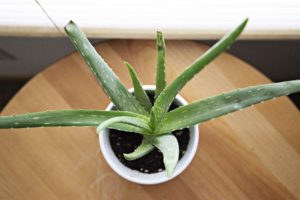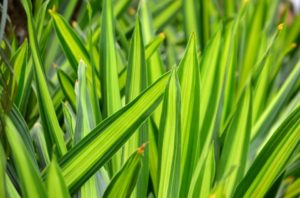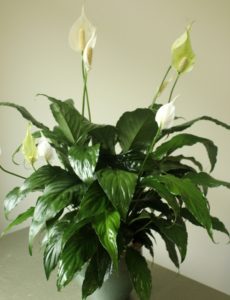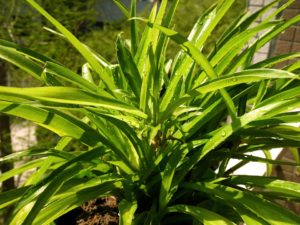The air pollution has been very bad most winters in the past few years but now it has almost become epidemic. If we wait for the agencies, Govt. bodies, industries and other relevant authorities to do something about it, then it might be too late for this generation to even breathe. The air quality index in Delhi NCR and other northern parts of India continues to be in the range of “Very Unhealthy” to “Extremely unhealthy”.
While stepping outdoors should be restricted to avoid prolonged exposure to the bad air, staying indoors also doesn’t mean you are inhaling clean air. Yes, the pollutant levels inside the house might be less from outside, we still need to exercise caution and look for alternatives to improve the quality of indoor air. The indoor air is made worse with the use of asbestos, all types of cleaning agents and solutions used in the house, smoke from cooking etc. And to add to it, more pollutants enter our homes from outside in the form of automobile exhaust and manufacturing pollution.
The easiest option to improve indoor air is to invest in a good quality air purifiers, but is not affordable and convenient to use all the time. It’s expensive so only certain section of the society can buy and use it. It also works efficiently only if all doors and windows are closed to stop the outside air mixing with the indoor air. So the best option is to go back to the nature to help us fight it.
The indoor plants have been long used to add décor to the interiors of the house. While the primary use has been a decorative piece, some plants can also act as your natural air purifiers to improve the quality of air. These indoor plants can help in cleaning the air by absorbing carbon dioxide and releasing oxygen, as all plants do, but they also eliminate significant amounts of benzene, formaldehyde and trichloroethylene, which are the key components in a polluted air. These plants can be bought online or locally also from plant nurseries.
Let’s take a look at 6 Indoor plants for Air Purification inside the house or office:
English Ivy
Ivy is one of the plants listed by NASA Clean Air Study as one of the air-filtering plants. NASA researchers suggest efficient air cleaning is accomplished with at least one plant per 100 square feet of a home or office space. Ivy plant is also known for effectively removing molds (is a type of fungus). Ivy can substantially reduce the amount of mold in the air of your home, according to research presented to the American College of Allergy, Asthma & Immunology, few years ago.
P.S: It should also be noted that Ivy climbs up and wraps itself around trees, or anything it finds in the way. If you opt for using an English Ivy plant in or around your home, it’s wise to keep the plant away from pets and children who may be tempted to eat the berries (not safe for consumption). When it comes to the upkeep of the plant, be sure to follow the instructions given at purchase and do some research online.
Aloe Vera
Aloe Vera is already a popular choice of indoor plans and is known for its medicinal and healing abilities. Aloe Vera juice is used in several cosmetics for skin and hair care. But not many people know that it’s also a great plant to improve your indoor air quality. This easy to grow plant helps in removing benzene which is commonly found in paints and certain chemical cleaners.
Snake Plant
Also known as Mother-In-Law’s Tongue, the Snake plant is an evergreen perennial plant that is known to improve your indoor air quality. According to NASA, it is one of the best houseplants for absorbing airborne toxins, including formaldehyde, nitrogen oxide, benzene, xylene and trichloroethylene.
Peace Lily
Peace Lily is can improve your indoor air quality by as much as 60 percent. It can also help to reduce the levels of fungus that grow in the home by absorbing those spores through its leaves and then circulating them to the plant’s roots where they are used as food. Peace Lily can also help in absorbing vapors, mild dew from bathrooms and also remove chemicals from alcohol and acetones.
Green spider plant
The spider plant is a commonly found houseplant and is very really easy to grow. The leaves help in absorbing harmful substances like mold (fungus) and other allergens, therefore making for a perfect plant to remove common dust allergies. It also helps to absorb small traces of formaldehyde and carbon monoxide.
Eucalyptus
The Eucalyptus plant has been used for centuries for all types of ailments. The leaves of this plant are filled with a substance called tannins, which can raise healthy fluids in the air passages of one’s body. And just breathing in the scent/ smell of these plants can help in lowering effects of a cough and colds.












